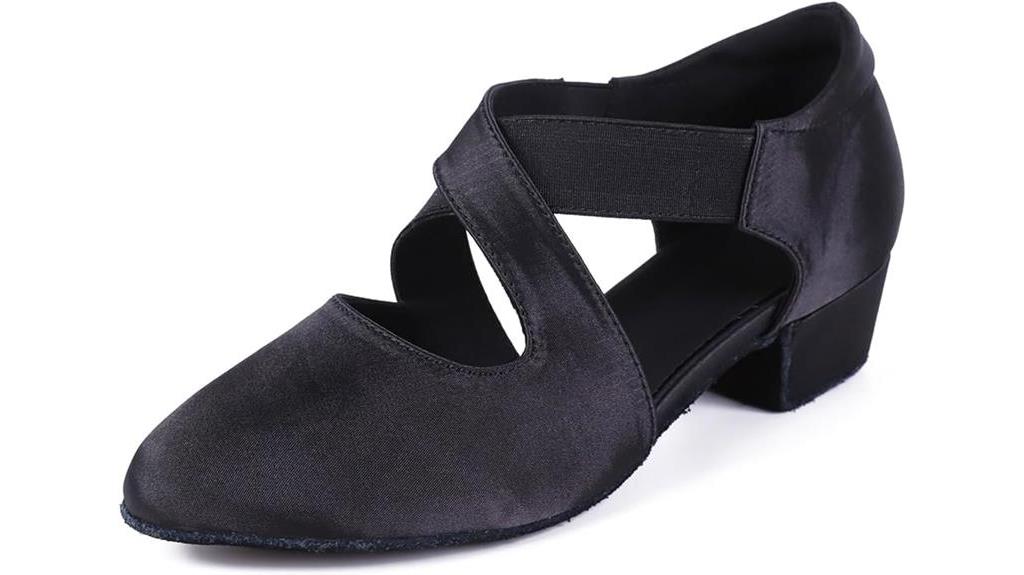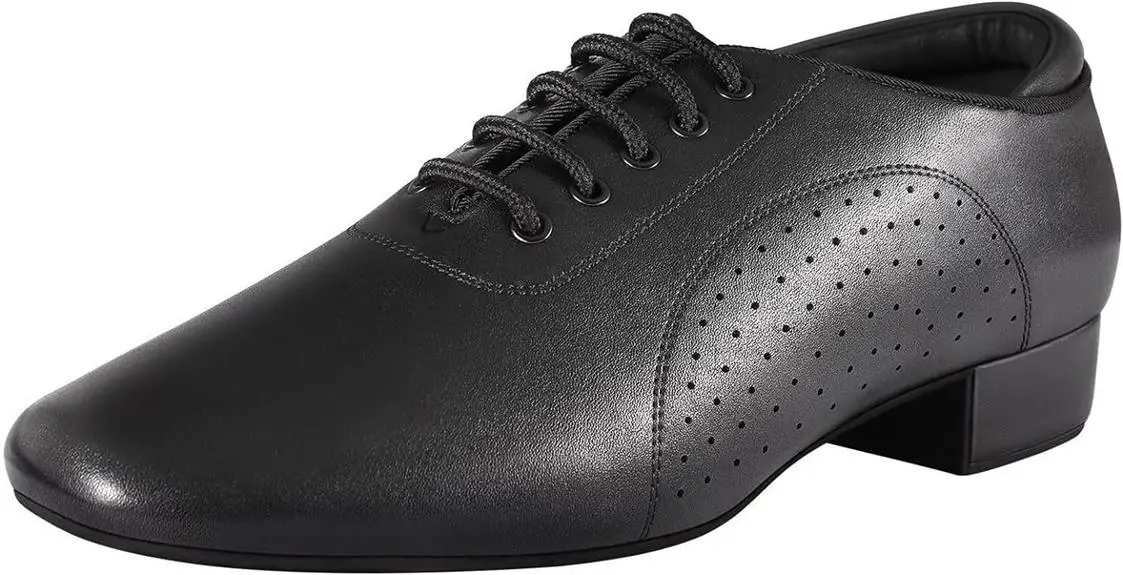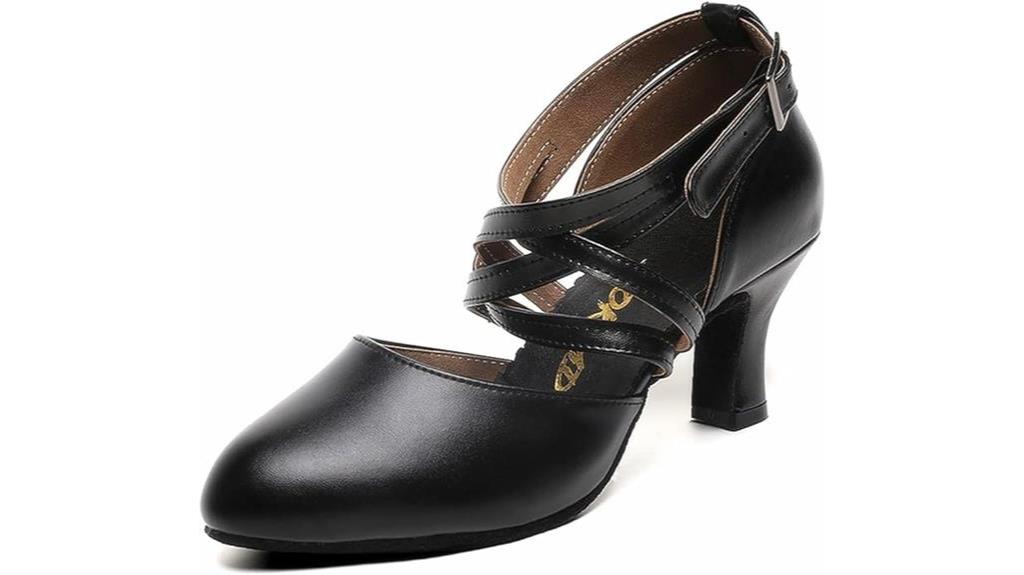If you have witnessed dancers having fun with the music through dance, you may be intimidated due to the movement patterns, spins, and speed.
Don’t let this stop you from learning to mirror the excitement you have witnessed.
So, to answer the question, I would say yes and no.
Remember, everything is easy once you know how.
Salsa dancing requires basic knowledge of count, body movement, and recognizing rhythm.
Simple enough, right? The truth is that it depends on you.
Do you know your body? Can you recognize the beats in the music? Can you stay on one or two?
Let’s try to break this down.
Note: We hope you love our articles! Just so you know, as an Amazon Associate, we earn from qualifying purchases. Thank you if you use our links; we really appreciate it!
Is Salsa Dancing Easy to Learn?
Here are the elements you need to learn to make salsa dance easier as a student.
1. Count – Dancing on One or Two
Salsa dancing is based on an eight-count which can be broken down in multiple ways.
First and foremost, are you dancing “on one” or “on two?”
This distinction is based on whether you step with your left foot (break) on the first or second count.
Dancing on one is more commonly known because many claims it is easier to learn.
Most consider that dancing on two is formal, has its beat more directly associated with Afro-Cuban and Mambo dancing, and has international popularity.
So what is the count? Salsa music, and many popular forms of music, use eight counts as a measurement.
Salsa dancing groups count in different ways.
The full count is one, two, three, four, five, six, seven, or eight – dancer steps on each count.
The basic count is one, two, three, five, six, seven – there is a “sway” or pause on four and eight.
The core beat is one, three, five, and seven – a slower step.
Lastly, there’s syncopated, which is one and two and three and four and five and six and seven and eight -the dancer is stepping quickly, two steps per count.
So, once you are comfortable with the count, the work begins.
Unless you are musically inclined or play an instrument, learning to recognize the count within the music can take time.
One of the easiest ways to learn to apply count to music is to start with many apps, such as Salsa Rhythm.
These apps allow for various instruments, verbal counts, and varying the count speed.
You can use decals to help with foot placement if you have a dedicated dance area.
There are also many images online that can help you with your feet placement.
Now it’s time to practice.
The most effective way to coordinate your moves to the count is three-fold.
Listen to the music – try to identify each instrument.
Count the music (use the app or a metronome to distinguish the count.)
Dance to the music using the designated count to move your feet and body.
2. Body Movement
Salsa is a very sensual dance. Dancers must learn to use their shoulders, rib cage, and hips in rhythm.
Dancers learn to isolate all three and move them to the count.
You can check out many videos online, but most focus on fundamentals.
Shoulders move front and back in timing with the opposite foot or “shimmy” (fast-moving back and forth.)
The rib cage moves left and right in conjunction with the associated foot (left with the left foot and right with the right foot.)
Hips move in a figure-eight motion to accentuate the step.
When done properly, this body movement allows the dance to appear to sway fluidly with the music.
The importance is to know your body.
Movements should not be jerky but rather more like waves.
If the moves do not seem natural, don’t worry about it.
As with anything, practice makes perfect.
Take your time and do what feels comfortable.
Once again, many online videos help with body movement and styling.
A simple google search will result in several pages of YouTube videos and various dance instructors.
View as many as is needed until you find a few that appeal to your learning style and how you feel comfortable moving.
Remember that this may be new to your body and may not feel natural at first.
3. Rhythm

You will learn to identify the conga, piano, and bass guitar when dancing salsa to identify your steps’ count and speed.
The conga and the bass guitar usually help most with identifying count.
The piano will play the melody, helping to determine the sway of the music – helping to determine body movement.
Once again, using an app or a metronome will help with learning timing.
However, listening to different salsa songs with multiple instruments will help you.
Not familiar with salsa music?
No problem, an online search will provide options.
Try searching for “salsa songs for beginnings” as a start.
So, now you know the basics.
Is Salsa Dancing Easy to Learn Summary
Salsa is a sensual and energetic dance that blends Latin music with Afro-Cuban rhythms.
The dance is a blend of partner work with individual breaks, known as shines.
It is a social dance that welcomes dancers of all levels.
If you sincerely want to learn to dance, you have two options – go to clubs and socials where you can try to get others to show you the basics or join a local school.
Finding a local dance school may be the easiest and least stressful way to learn.
Remember, when first looking for a school, make sure to ask if they teach on “one” or “two.”
As you become more comfortable with the basics, you can start attending local socials usually sponsored by local dance schools.
It will require at least one class weekly, usually about 1 hour long.
If you sincerely want to improve your dance skills, plan to take 20 minutes at least three times weekly to practice the basic moves to the songs you like best (or songs that your instructor recommends.)
Salsa dancing is like any other skill.
The more you practice, the better you get.
The benefit of salsa dancing is that the better you get, the more fun it becomes.
You may also like!
Share the Love!
Read More…






